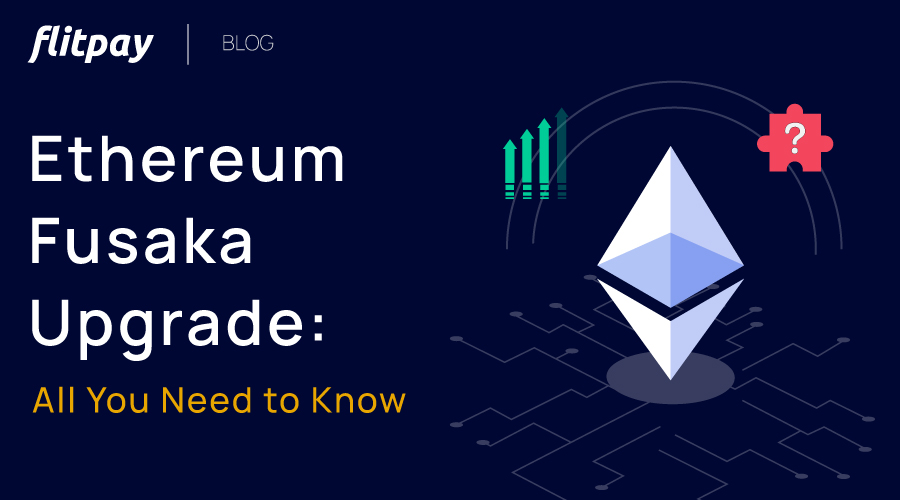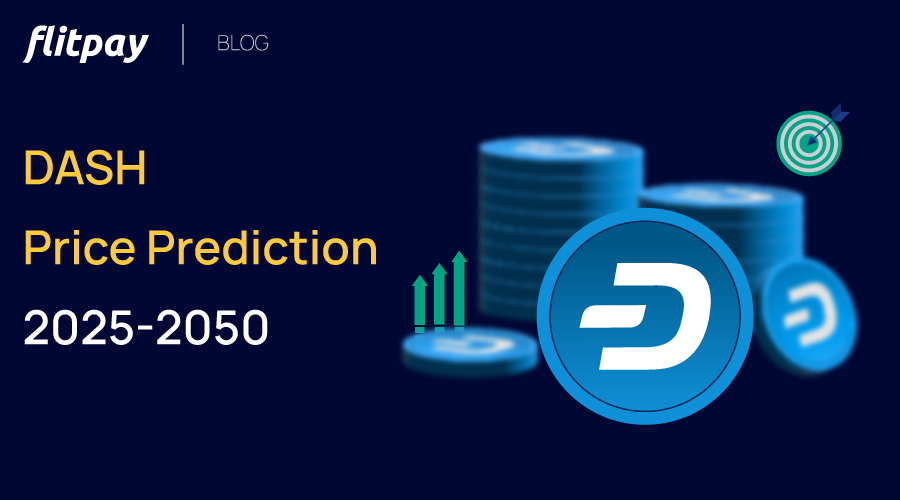As the next Bitcoin halving is coming closer, crypto heads are curious about all its possible effects. Though much attention is on its influence on Bitcoin prices, an equally intriguing aspect lies in its impact on Bitcoin miners.
What are those impacts?
Should miners be worried about them?
How can they be prepared?
Read the blog below till the end to know the answer to all these queries.
About Bitcoin Halving
Bitcoin Halving is a pre-scheduled event every four years when the mining reward decreases by 50%.
As we know, Bitcoin came in 2008 with a mining reward of 50 BTC. This mining reward goes to Bitcoin miners involved in the mining process of Bitcoin. Here, "Mining" is the metaphor for the computational work that miners contribute to verify the transaction in a Bitcoin block. In return for this work, they get paid a specific amount of BTC and the transaction fee of their validated transactions as a reward. This amount reduces to half every four years.
Between 2008 and 2012, the bitcoin mining reward was 50 BTC, which reduced to 25 BTC in the first Bitcoin halving of 2012. The second halving that occurred in 2016 reduced this reward to 12.50 BTC. After the third halving in 2020, this mining reward again decreased further to 6.25 BTC.
In the following Bitcoin halving 2024, this mining reward will reduce to 3.125 BTC.
Now comes the question of how this reduced reward will affect the Bitcoin miners.
Let’s discuss it in detail.
How will Bitcoin Mining affect Bitcoin Miners?
The upcoming Bitcoin halving will be the fourth one. It will reduce the mining reward from 6.25 BTC to 3.125 BTC per block in April 2024.
This 50% reduction in mining reward can make Bitcoin mining less profitable for Bitcoin miners unless the Bitcoin price does not increase significantly. This is because mining needs high electrical energy and computation power, which requires significant financial investment to keep operations running smoothly. Thus, the reward (mining reward, which is BTC in this case) they get for their operations is their prime source of revenue because they can sell it to obtain money.
If the Bitcoin price stays at a good point after halving, mining will still be feasible for Bitcoin miners. However, if the asset price experiences a notable fall, the miners may find it difficult to continue their operation due to the reduced reward and price of the asset. In some cases, the miners may even close operations after failing to keep their mining profitable due to reduced reward amounts.
According to the head of the head of research at mining consultancy Blockbridge, Wolfie Zhao, publicly listed Bitcoin miners mine Bitcoin at a cost of nearly $10,000 to $15,000 per Bitcoin. After the next halving, this cost will rise to $20,000-$30,000. Due to this reason, Zhao expressed concerns for miners with mining operations of higher costs. He advises miners to save some funds to keep operations running.
Hashrate Index crypto mining analyst Jaran Mellerud also believes that mining economics after the next halving can cause trouble for miners. As per him, nearly half of the miners will suffer from it due to less efficient mining operations with higher costs. He explains that the electricity price at which there will be no profit and no loss for miners may drop to 6 cents per kWh from 12 cents per kWh after halving. However, around 40% of miners will still have a higher operating cost per kWh than that. He further stated that the miners with operating costs higher than 8 cents per kWh will need help to keep operations running. The post-halving period will also be difficult for smaller miners who outsource mining rigs instead of running their own due to the extra outsourcing costs involved.
So far, historical records state that Bitcoin halving has driven a strong bull run for Bitcoin, pumping its price to new heights in the long run. It has helped miners to stay profitable despite reduced mining rewards. But the next halving may change the case as only less than 9% BTC is left to mine.
Another factor to consider here is the automatic mechanism of Bitcoin to maintain consistency in the rate of new Bitcoin production. The network keeps adjusting the mining difficulty ( the difficulty of the mathematical problem it presents to miners) to balance an average block production rate of approximately six blocks per hour.
If the block production is lower than average, the network temporarily lowers the difficulty of the mathematical problem it gives to miners so that they can solve the problem faster. On the contrary, if the block generation is running higher than the average rate, the network increases the difficulty of mathematical calculations (mining difficulty) so that miners take longer to solve them, and the block production slows down. Many miners expect the mining difficulty to lower post-halving, which may help them mine new blocks at a reduced price.
Another reason why miners are expecting a lower mining difficulty is the rising financial challenges that will come after halving. Once the block reward is reduced to half, some miners may find it less profitable to mine Bitcoin and stop mining operations. It can cause a reduction in the computation power going into mining Bitcoin, resulting in reduced mining difficulty for the remaining miners.
An important point to note is that all the scenarios we discussed so far are expected to be short-lived after halving as the event has benefitted them in the long term. The scarcity of Bitcoin due to its fixed supply of 21 million has been helping Bitcoin to maintain its price in the long run so far. Miners have balanced their reduced reward with the strong bull run in bitcoin price after each halving.
But since it's always better to hope for the best and prepare for the worst, miners plan to take some essential measures to prepare for the next Bitcoin halving.
How Are Miners Preparing for the Next Bitcoin Halving?
Miners are adopting various measures to prepare for the next Bitcoin halving. Some prime measures out of them are as follows:
Upgrading Mining Equipments
Miners are upgrading their mining equipment to increase their efficiency. Many are reportedly investing in the latest ASIC (Application Specific Integrated Circuits that solve cryptographic puzzles given by the Bitcoin network) and improved mining machines for higher efficiency in their mining operations. The plan is to use tools that can mine Bitcoin with less power consumption and capital.
Miners are considering factors like hash rate, price, and efficiency of the mining tools to select the best that fits their requirements. For example, Marathon Digital (MARA), one of the most popular Bitcoin miners, recently purchased 78,000 Antminer S19 XP mining machines. These machines are among the top 3 most efficient Bitcoin mining machines available today, with a hash rate capability of 140.0 TH/s and a price point between $3000-$4000.
A few months back, ClearSpark, another popular Bitcoin mining firm in America, also booked 45,000 Antminer S19 XP mining machines to elevate its overall efficiency by the 2023 year-end.
When updating mining rigs, Bitcoin miners are always a step ahead. A few months ago, when Bitcoin was not performing very well, the price of mining rigs had slipped to nearly their all-time low. When rigs make less money due to lower Bitcoin prices, their prices automatically decline due to lower demand. At that time, the miners played their cards right by buying these rigs to stay profitable after the next Bitcoin halving in 2024.
Accessing Cheaper Energy
High energy cost is another reason why Bitcoin mining is as expensive as it is. Bitcoin miners are aware of this fact, so they are trying to find cheaper and sustainable energy sources to power their mining operations. Many miners are preparing innovative energy strategies to set up coherent mining operations.
Since the cost of energy that goes into mining 1 bitcoin might double after halving, the miners must set up a sustainable, renewable, and cheaper energy source for their mining rigs to maintain profitability.
ClearSparks (CLSK) has begun preparing an automation setup to maximize its uptime and manage its power strategy in Georgia. It will be of great help for the halving period when the miners would not be able to afford irregular energy supplies and high downtime.
Many miners from Texas are also reportedly setting up energy strategies to reduce their energy costs and boost their revenue after halving. Many mining firms are tying up with energy grids in their areas to balance the grid while keeping the cost of Bitcoin mining low. Others are exploring alternative energy sources like solar, wind, and geothermal to get cheaper electricity while contributing to the environment.
Reserving Cash
Since halving creates an immediate cut in the mining reward, miners often face liquidity issues right after it happens. Moreover, historical evidence suggests that bitcoin price takes months and even a year to reach new highs post-halving, depending on the market sentiments and other macroeconomic factors. Thus, the period between halving and the Bitcoin rally can bring in cash problems for miners.
To avoid it, many experts advise miners to have enough cash reserves to combat that period. It will help them cover the immediate losses from the reduced mining reward till the Bitcoin price starts a long-term upward trend.
Diversifying Income
Miners know that they can not completely rely on the Bitcoin price to stay profitable as the Bitcoin price is highly speculative and volatile. Any unexpected black swan event can easily delay the Bitcoin rally. Hence, they often diversify their income streams for additional economic stability. For instance, Hut 8, another big Bitcoin miner, recently revealed that it took over the cloud and colocation data centre business from TeraGo Inc. This deal made Hut 8 a high-performance computing platform along with Bitcoin miners.
Many other Bitcoin miners, like Hive Digital Technologies (HIVE) and IREN, have also adopted a similar income-diversifying strategy by starting to offer services like cloud computing and AI services.
Participating in DeFi staking and lending is also a proven strategy miners use to diversify their earnings.
Collaborating Strategically
Miners often combine mining rigs to pool resources until Bitcoin gives bullish signals. It helps them save costs and get through the tough time of reduced revenue due to halving. They are also making strategic alliances and deals with energy and hardware suppliers to ensure a hassle-free post-halving period.
How will Bitcoin Halving Affect Transaction Fee?
Apart from mining rewards, Bitcoin miners also get transaction fees when they validate the transactions of a new Bitcoin block.
Here’s what happens.
Each Bitcoin transaction costs a fee to the users of Bitcoin Blockchain. This fee goes to miners who validate the transaction. Since each Bitcoin block can contain only limited transactions, users often pay a higher transaction fee to increase the chance of their transactions being picked up by miners on priority. All the collected fees from transactions validated in a block go to the miner who validates it.
This transaction fee and the mining reward are another prime income of all miners. While the mining reward gets half in every halving, the miners keep getting the transaction fee they collect through validating transactions.
Many experts predict that after the next bitcoin halving of 2024, miners may increase the transaction fee to compensate for the reduced mining reward. Even the creator of Bitcoin, Satoshi Nakamoto, stated that the Bitcoin transaction fee will replace the mining reward incentive for miners.
However, the transaction fee may remain unchanged since the hash rate, aka mining difficulty, may lower after halving. The actual change in transaction fee will depend on the Bitcoin price, hash rate, and adoption.
You May Ask
Is Bitcoin Halving bad for miners?
No, Bitcoin halving is not bad for miners. While it may seem to reduce their reward, which can further reduce their revenue in the short term, the long-term effects of Bitcoin halving have been advantageous for them. It is because halving has been the flag bearer of strong bull runs for bitcoin, taking its price to new highs every time.
Will Bitcoin mining be profitable after halving?
The profitability of Bitcoin mining depends on factors like Bitcoin price, bitcoin hash rate, efficiency of mining tools, and energy prices for miners. Given so many factors, it is challenging to say with certainty if the mining will be profitable for miners post-halving or not. However, historical data suggests that the surge in bitcoin price has been able to combat the reduced mining reward to keep the miners profitable.
Will Bitcoin miners survive after the next Bitcoin halving?
It depends on the miners and their preparation if they will survive the next halving or not. Miners can combat the reduced mining reward with strategic planning, efficient mining equipment, and an affordable energy supply. However, those who fail to prepare may be unable to survive the next halving.
What year will Bitcoin mining stop?
Bitcoin mining will stop in 2140 after all 21 million bitcoins will be mined. The reward keeps getting smaller and smaller after every 210,000 blocks till the mining reward reaches 0.00000001 bitcoin, which equals a satoshi, the smallest unit of bitcoin.
What will happen when 100% of Bitcoin is mined?
OR
What happens after 21 million bitcoins are mined?
After 100% of bitcoin, which is 21 million, gets mined, no new bitcoin will exist. Miners will stop receiving new Bitcoin blocks as their mining reward and will only receive the transaction fee of Bitcoin transactions.
Is Bitcoin mining risk-free?
No, Bitcoin mining is not risk-free. It involves market volatility affecting profitability, potential regulatory changes impacting legality, technological difficulties of mining hardware, operational costs like electricity, security threats, intense competition, and environmental concerns. Understanding and managing these risks is essential for anyone engaged in Bitcoin mining.
Is Bitcoin mining legal in India?
There were no specific laws in India that explicitly banned Bitcoin mining. However, the income generated from mining is taxable under the Indian Income Tax Act of 1961. The regulatory landscape for cryptocurrencies is subject to change. Hence, always check for the latest information to ensure compliance with current laws.
Why is Bitcoin Halving Important?
Bitcoin halving is crucial because it reduces the rate at which new bitcoins are created, maintaining scarcity. Occurring approximately every four years, it controls inflation, influences supply and demand dynamics, and historically has led to bull runs. This periodic event is integral to Bitcoin's economic model and long-term sustainability.





